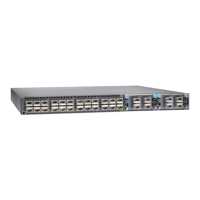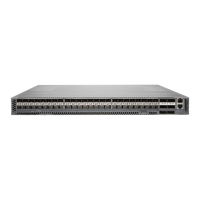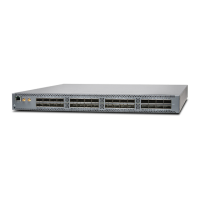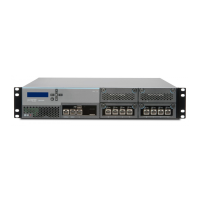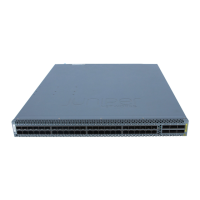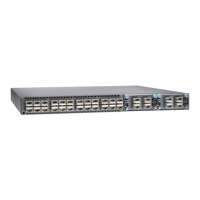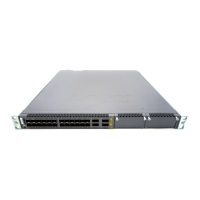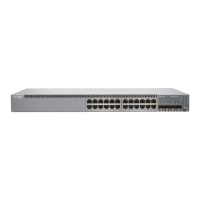NOTE: Feature licenses are required to configure advanced features on a
Virtual Chassis.
For a Virtual Chassis deployment, two license keys are recommended for
redundancy—one for the device in the master Routing Engine role and the
other for the device in the backup Routing Engine role.
For informationon the featurelicensingrequirements for a QFX Series Virtual
Chassis, see Software Features That Require Licenses on the QFX Series.
You can install the feature licenses after configuring the Virtual Chassis.
Be sure that all switches that are interconnected into a Virtual Chassis are running the
same version of Junos OS. See Upgrading Software.
This topic includes:
•
Understanding the Licensing Requirements for a QFX Series Virtual Chassis on page 111
•
Configuring a QFX Series Virtual Chassis with a Preprovisioned Configuration
File on page 111
•
Configuring a QFX Series Virtual Chassis with a Nonprovisioned Configuration
File on page 114
Understanding the Licensing Requirements for a QFX Series Virtual Chassis
Feature licenses are required to configure advanced features on a Virtual Chassis.
For a Virtual Chassis deployment, two license keys are recommendedfor redundancy—one
for the device in the master Routing Engine role and the other for the device in the backup
Routing Engine role.
For information on the feature licensing requirements for a QFX Series Virtual Chassis,
see Software Features That Require Licenses on the QFX Series.
You can install the feature licenses after configuring the Virtual Chassis.
Configuring a QFX Series Virtual Chassis with a Preprovisioned Configuration File
Preprovisioning a Virtual Chassis configuration allows you to assign the member ID and
role for each switch in the Virtual Chassis.
To configure a Virtual Chassis using a preprovisioned configuration:
NOTE: You can configure a QFX Series Virtual Chassis while the cables are
or are not physically connected.
111Copyright © 2017, Juniper Networks, Inc.
Chapter 12: Performing Initial Configuration
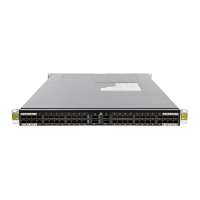
